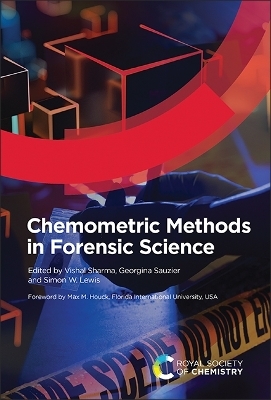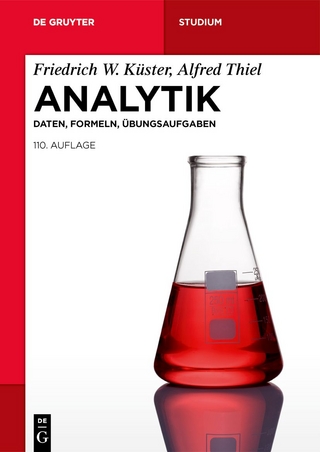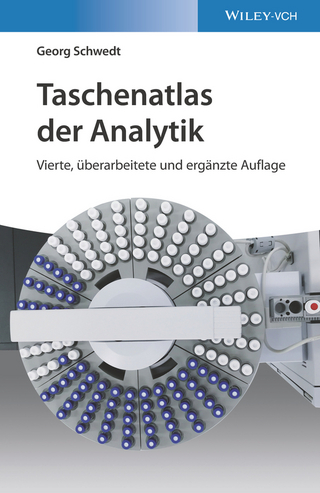
Chemometric Methods in Forensic Science
Seiten
2023
Royal Society of Chemistry (Verlag)
978-1-83916-190-2 (ISBN)
Royal Society of Chemistry (Verlag)
978-1-83916-190-2 (ISBN)
This book fills a gap in the literature outlining how chemometric methods are applied to forensic casework, what limitations to these approaches exist, and future trends emerging in the field.
Chemometrics, or the application of multivariate statistics to chemical data, provides informative and statistically valid analyses within a forensic context and there has been an increase in the use of chemometrics to characterise forensic exhibits. Introducing chemometric methods suitable for forensic practitioners, this book fills a gap in the literature outlining how such methods are applied to forensic casework, what limitations to these approaches exist, and future trends emerging in the field. The book highlights how chemometric methods may be applied to different areas of forensic science, enabling more confident and transparent decision-making based on quantitative approaches. It is divided into various sections which include a background to chemometrics, types of chemometric methods, their applications in various disciplines of forensic science, and emerging trends in the field. The detailed discussion of chemometric methods used for the examination of forensic exhibits outlines their advantages, limitations, and efficiency.
Providing a centralised source of information addressing the above aspects, and suitable for forensic practitioners, researchers and stakeholders, this book is written for MSc Forensic Science courses and more broadly applications in the biological, chemical and physical sciences.
Chemometrics, or the application of multivariate statistics to chemical data, provides informative and statistically valid analyses within a forensic context and there has been an increase in the use of chemometrics to characterise forensic exhibits. Introducing chemometric methods suitable for forensic practitioners, this book fills a gap in the literature outlining how such methods are applied to forensic casework, what limitations to these approaches exist, and future trends emerging in the field. The book highlights how chemometric methods may be applied to different areas of forensic science, enabling more confident and transparent decision-making based on quantitative approaches. It is divided into various sections which include a background to chemometrics, types of chemometric methods, their applications in various disciplines of forensic science, and emerging trends in the field. The detailed discussion of chemometric methods used for the examination of forensic exhibits outlines their advantages, limitations, and efficiency.
Providing a centralised source of information addressing the above aspects, and suitable for forensic practitioners, researchers and stakeholders, this book is written for MSc Forensic Science courses and more broadly applications in the biological, chemical and physical sciences.
Introduction;Chemometric Methods;Illicit Drugs and Pharmaceuticals Analysis;Fire and Explosions Investigation;Food Forensics;Cosmetics and Personal Products;Trace Evidence;Questioned Document Examination;Forensic Analysis of Bodily Fluids by Vibrational Spectroscopy in Combination with Chemometrics;Environmental Forensics;Practitioner Aspects
| Erscheinungsdatum | 19.12.2023 |
|---|---|
| Verlagsort | Cambridge |
| Sprache | englisch |
| Maße | 156 x 234 mm |
| Gewicht | 1879 g |
| Themenwelt | Naturwissenschaften ► Chemie ► Analytische Chemie |
| Recht / Steuern ► Strafrecht ► Kriminologie | |
| ISBN-10 | 1-83916-190-6 / 1839161906 |
| ISBN-13 | 978-1-83916-190-2 / 9781839161902 |
| Zustand | Neuware |
| Informationen gemäß Produktsicherheitsverordnung (GPSR) | |
| Haben Sie eine Frage zum Produkt? |
Mehr entdecken
aus dem Bereich
aus dem Bereich


